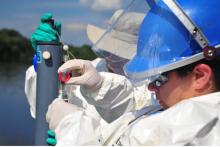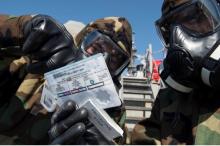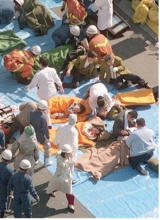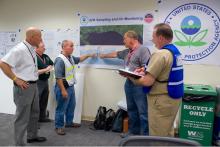FEMA Media Library
KPF Chemical - Figure 34b
KPF Chemical - Figure 34c
KPF Chemical - Figure 35
KPF Chemical - Figure 36a
KPF Chemical - Figure 36b
KPF Chemical - Figure 38a
KPF Chemical - Figure 38b
KPF Chemical - Figure 41
KPF Chemical - Figure 43
KPF Chemical - Figure 44a












